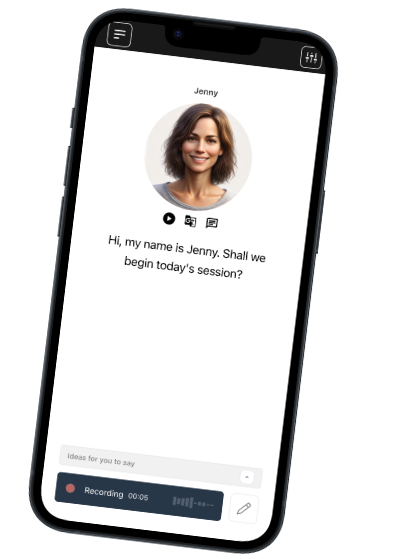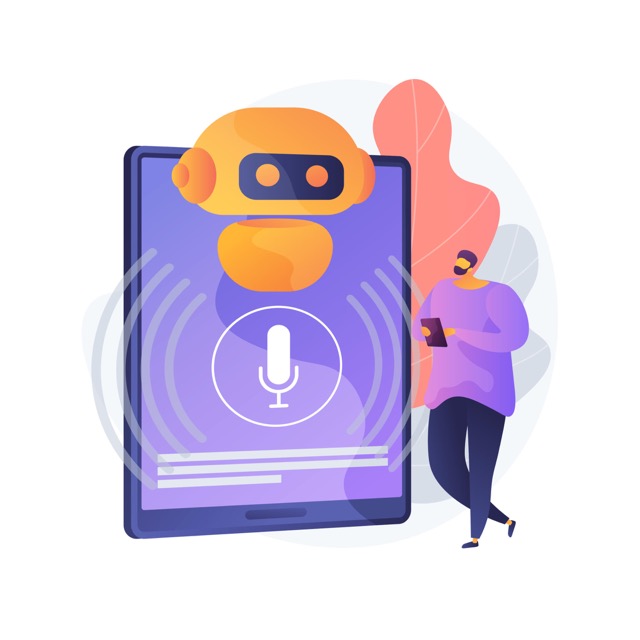Founded in Denmark. We respect your privacy.
Join a worldwide community of language learners
Minimal Pairs Mastery: Ship vs Sheep – Training Vowel Perception Through AI Conversation
Last updated on
In language, the smallest details often carry the biggest consequences. A single vowel can reroute meaning entirely. Say “ship” instead of “sheep,” and you’re not just mispronouncing, you’re miscommunicating. It’s the kind of slip that even fluent speakers make, especially in moments of pressure or speed. And yet, it’s rarely taught with the urgency it deserves.
Minimal pairs, those word pairs that differ by just one sound, might seem like a pronunciation footnote, but they’re actually a core fluency skill. If you’ve ever been misunderstood for saying “beach” when you meant something else, you already know why. The difference between /ɪ/ and /iː/ isn’t just about sound length; it’s about clarity, confidence, and being taken seriously when you speak.
But here’s the catch: it’s not enough to know the difference in theory. You have to hear it in motion. You have to say it under pressure. And most importantly, you need to recognize these sounds not in isolation, but inside a full, natural conversation. That’s where true fluency begins.
What Makes “Ship” and “Sheep” So Tricky
Voicing is the subtle difference that turns rice into rise, and face into phase. It’s not about your mouth, it’s about vibration. In simple terms, unvoiced sounds like /s/ are made with just air. Voiced sounds like /z/ are made with your vocal cords buzzing. The only way to reliably spot the difference? Use your body, not your brain.
Here’s how:
Place your fingers lightly on your throat. Say “sip.” Feel nothing. Now say “zip.” You’ll feel a buzz.
That’s voicing. Your vocal cords are activated. And this pattern repeats across English in dozens of word pairs. Knowing it is one thing. Feeling it is another.
Why Flashcards Can’t Fix Your Pronunciation
If you’ve ever drilled minimal pairs with flashcards or word lists, you’re not alone, and you’re not wrong. Traditional tools, such as listening apps, classroom drills, or repeat-after-me exercises, are often the first stop for pronunciation work. However, there’s a reason the problem keeps resurfacing.
These methods usually treat words like static labels, isolated, predictable, and too perfect. Real speech? It’s fast, messy, and full of distractions. So even if you can tell “ship” from “sheep” on paper, that knowledge often disappears the moment you’re in a real conversation.
Pronunciation can’t live in silence. You need to hear words in motion and say them back in full phrases. Fluency depends not on how many pairs you memorize, but on how naturally your brain and mouth handle the shift between them.
Real Progress Comes From Real Conversations
You don’t fully learn the difference between “ship” and “sheep” until you use them in a sentence and hear what they sound like when things get fast, casual, or a little messy. Try saying, “He shipped it yesterday.” Now try, “He sheaped it yesterday.” One of them makes sense. The other makes your listener raise an eyebrow.
Minimal pair drills help you get started, but real fluency comes from conversation. When you’re speaking in context, you’re training not just your pronunciation, but also your listening, timing, and response.
That’s how mistakes get caught. That’s how your brain rewires what it hears. Conversation-based tools speed this up. They give you space to speak, immediate feedback when you miss the mark, and the chance to try again until it clicks.
From Practice to Progress: The Right Tools Help
You can listen, repeat, and record, but real growth comes when you get feedback in the moment. That’s where many learners hit a wall: they repeat the same mistake without knowing it.
Progress only clicks when you pair repetition with real-time correction and actual speaking practice, not just passive listening. Apps like Talkio are designed to close that gap.
You get to speak out loud with a life-like AI tutor, who doesn’t just listen but corrects, with clear feedback on your /s/ and /z/ sounds. The responses are immediate, the conversation is real, and the feedback is based on how you actually speak.
Takeaway
Getting “ship” and “sheep” right isn’t about chasing perfect pronunciation, it’s about making sure people understand you the first time.
When your ear learns to catch these subtle vowel shifts, and your voice learns to produce them confidently, everything else in your speaking improves. You stop second-guessing yourself. You speak more smoothly. You listen with more clarity.
The best part? You don’t need complicated theory or endless repetition. What helps most is consistent, real-world practice, especially in conversations where these sounds naturally occur.
Talk Your Way
to Fluency

Talkio is the ultimate language training app that uses AI technology to help you improve your oral language skills!
Try Talkio


